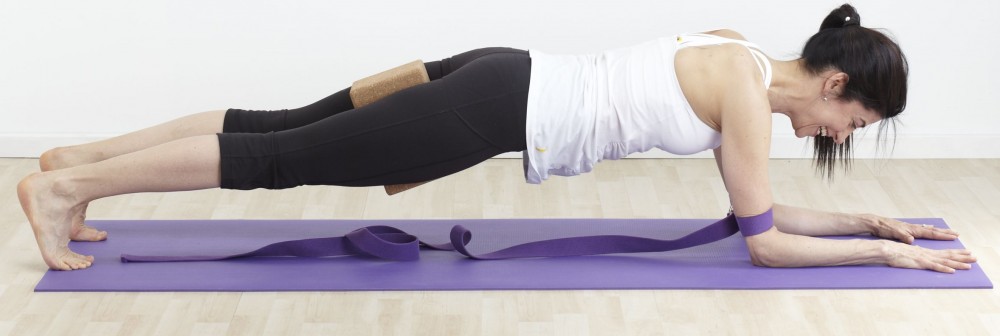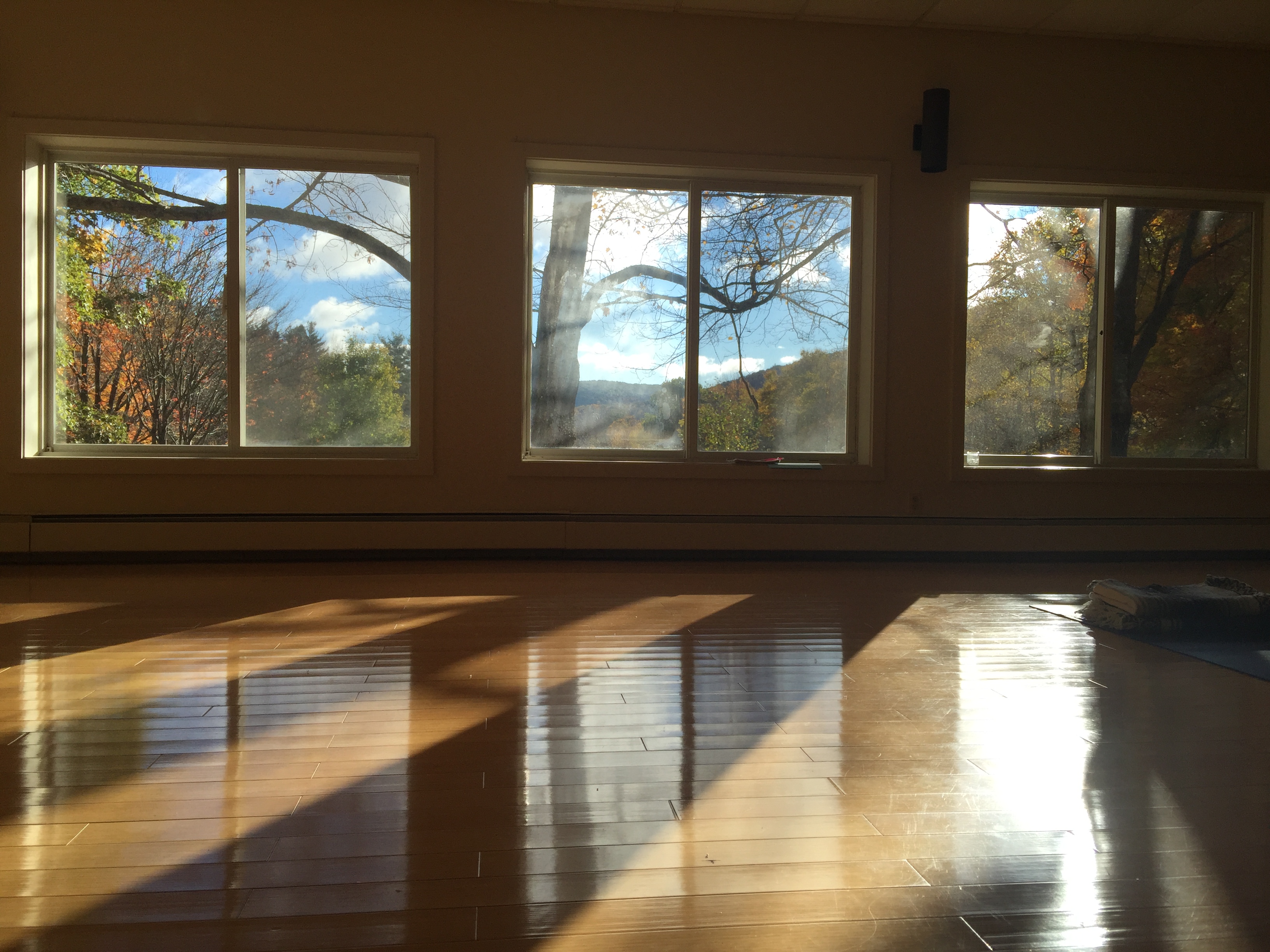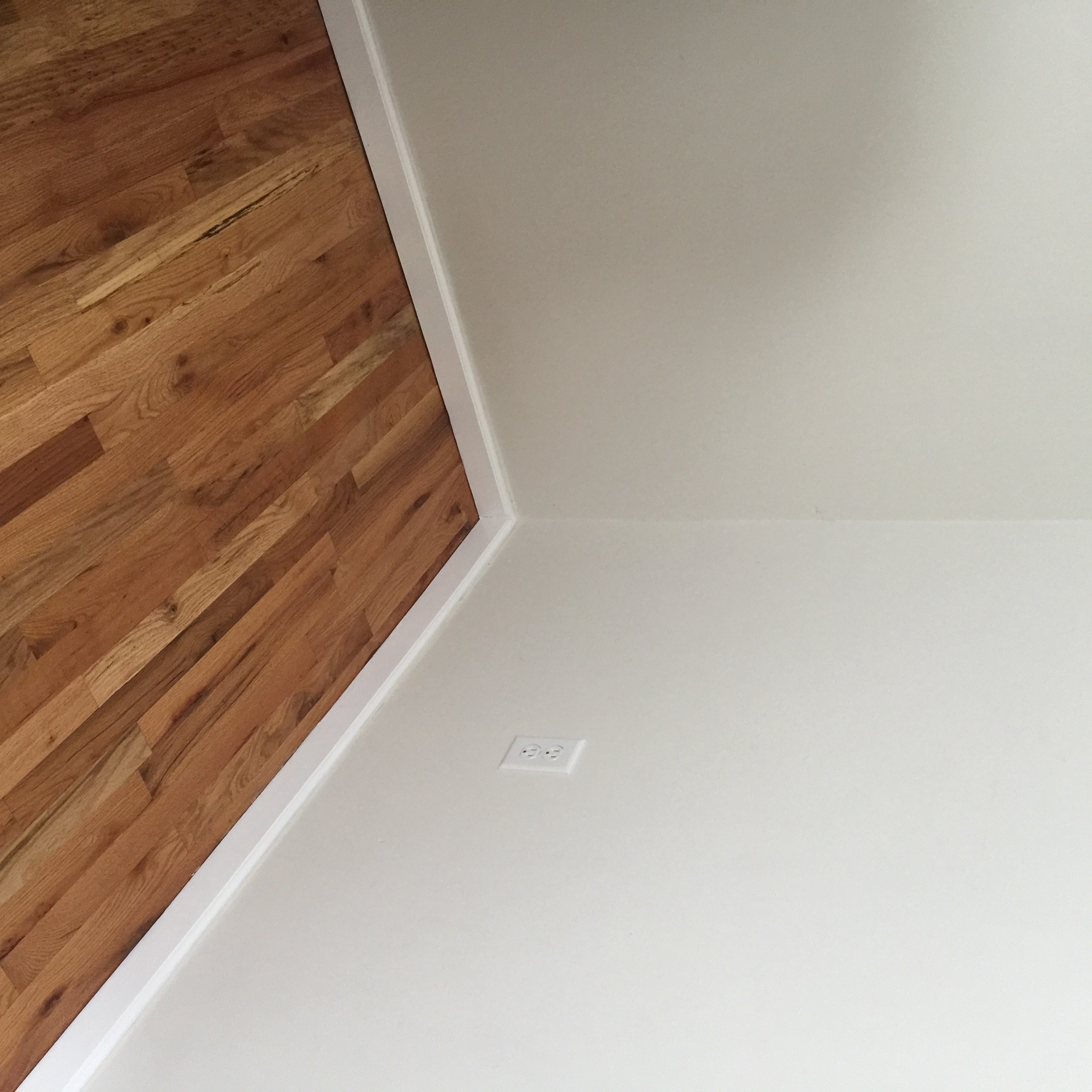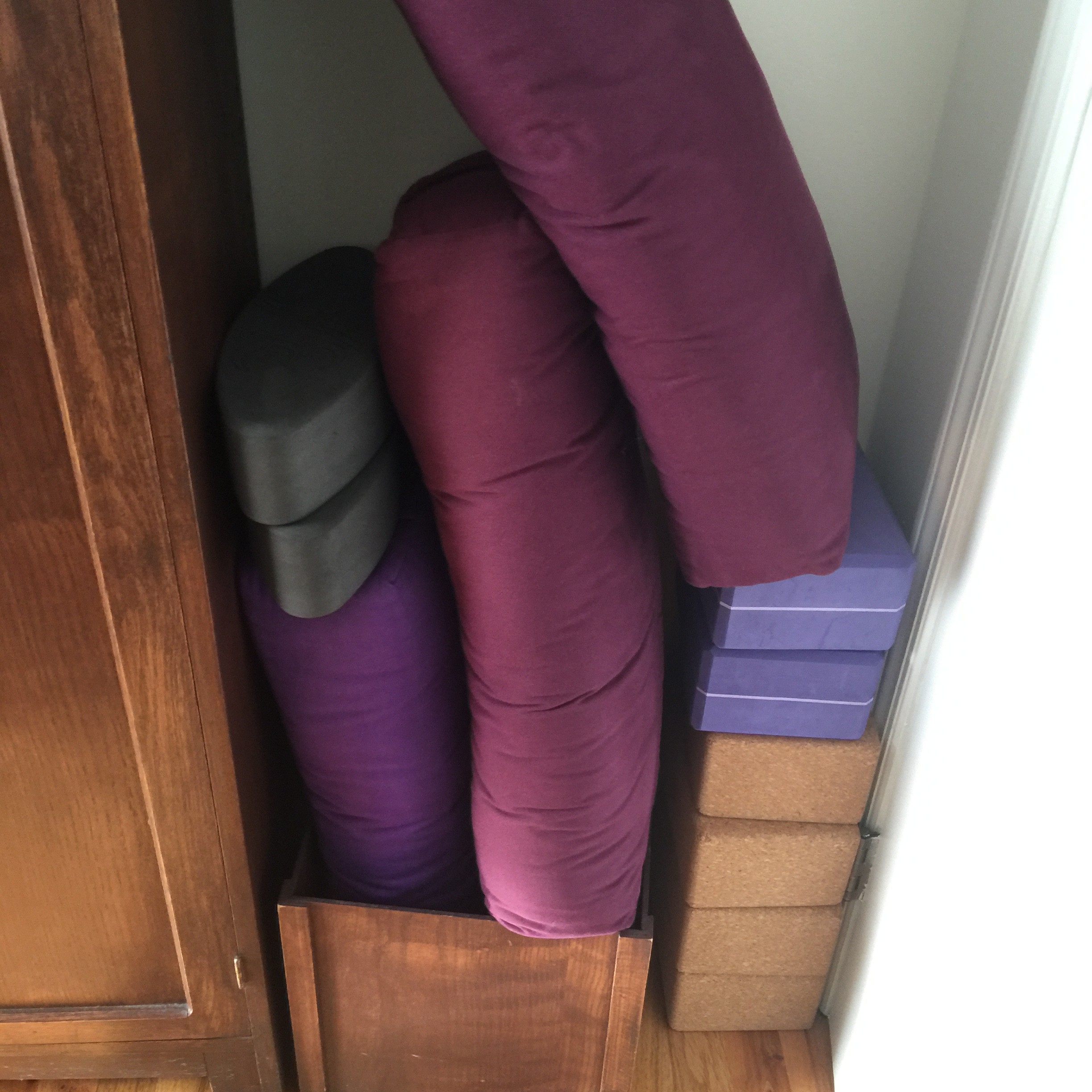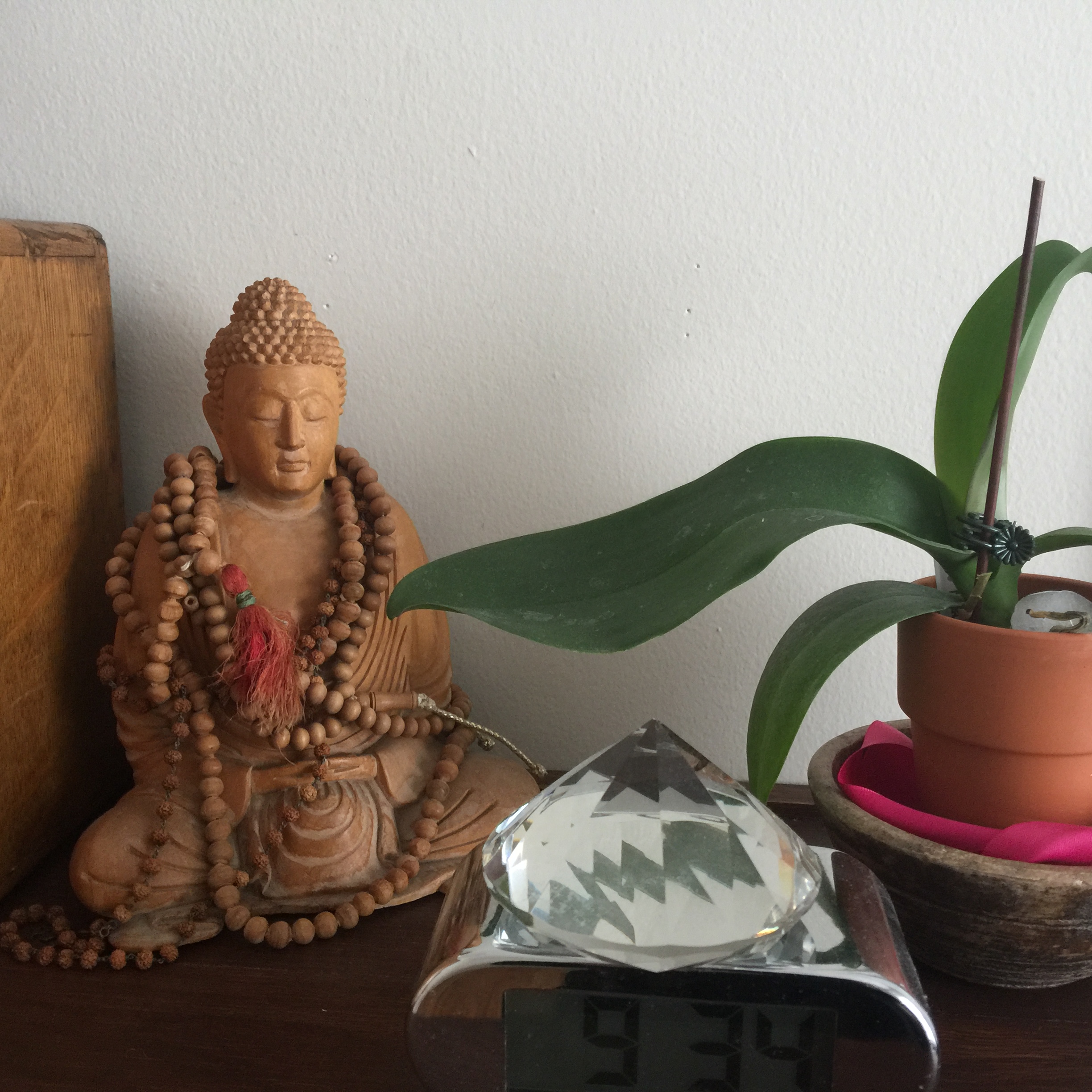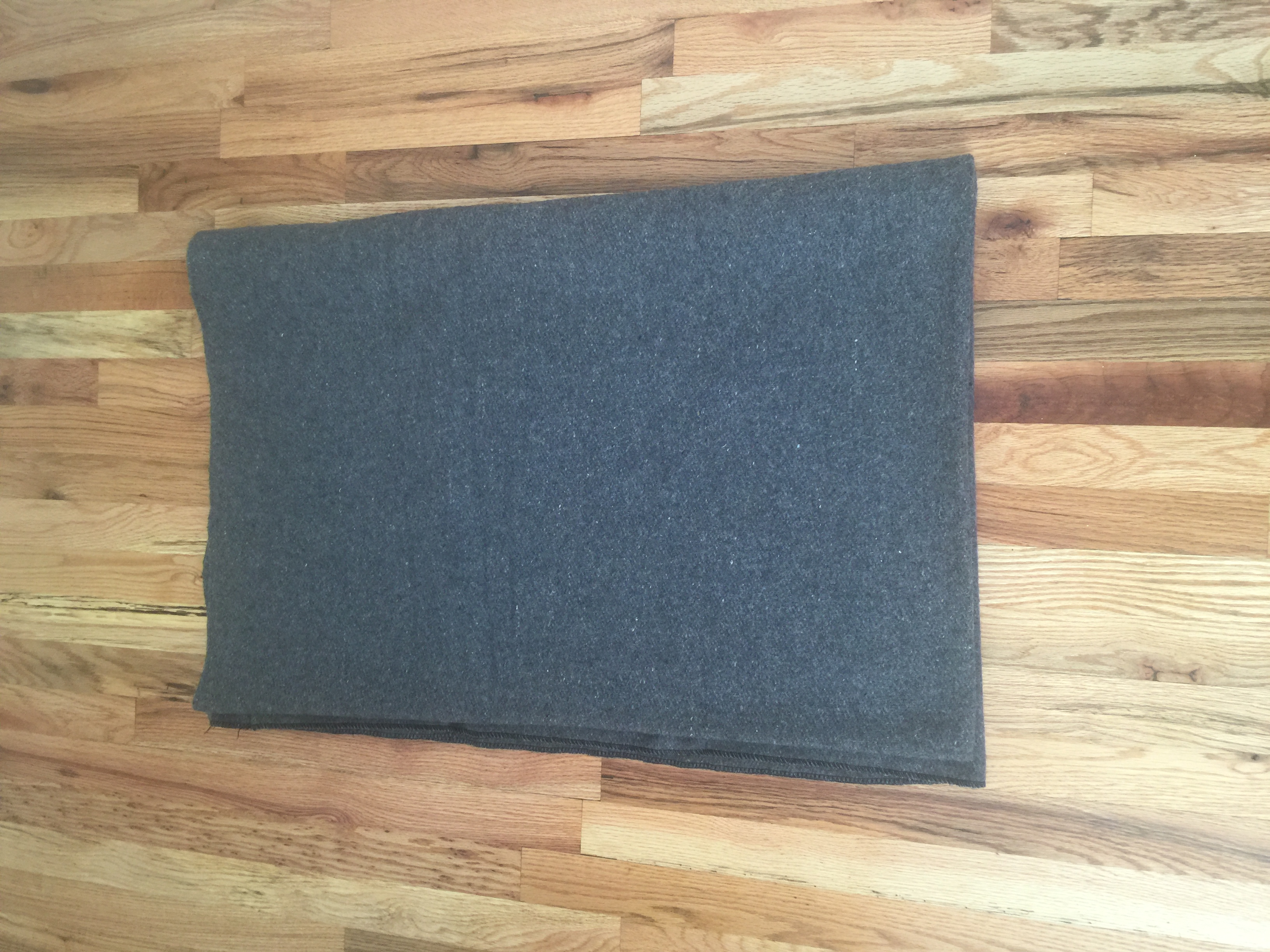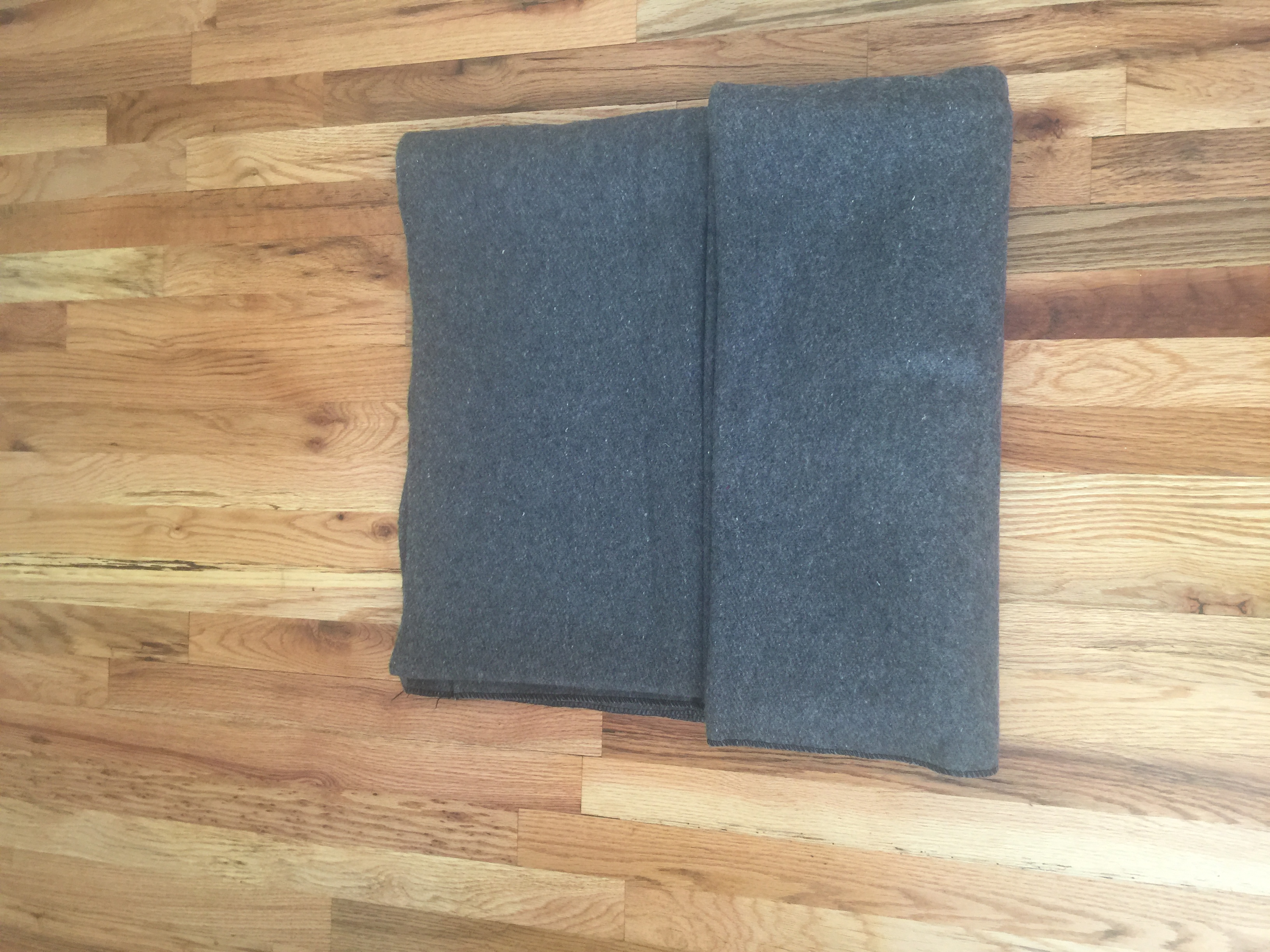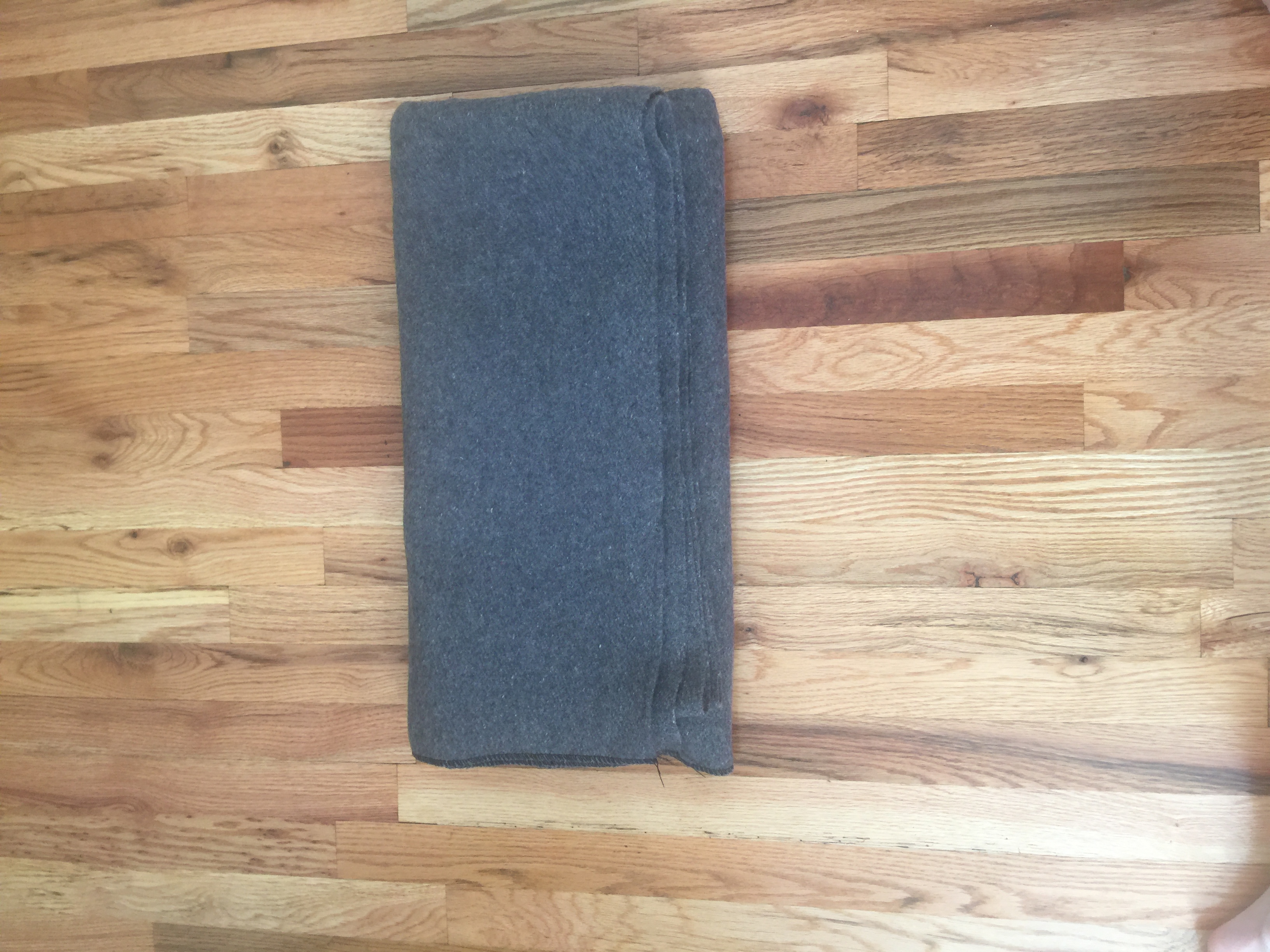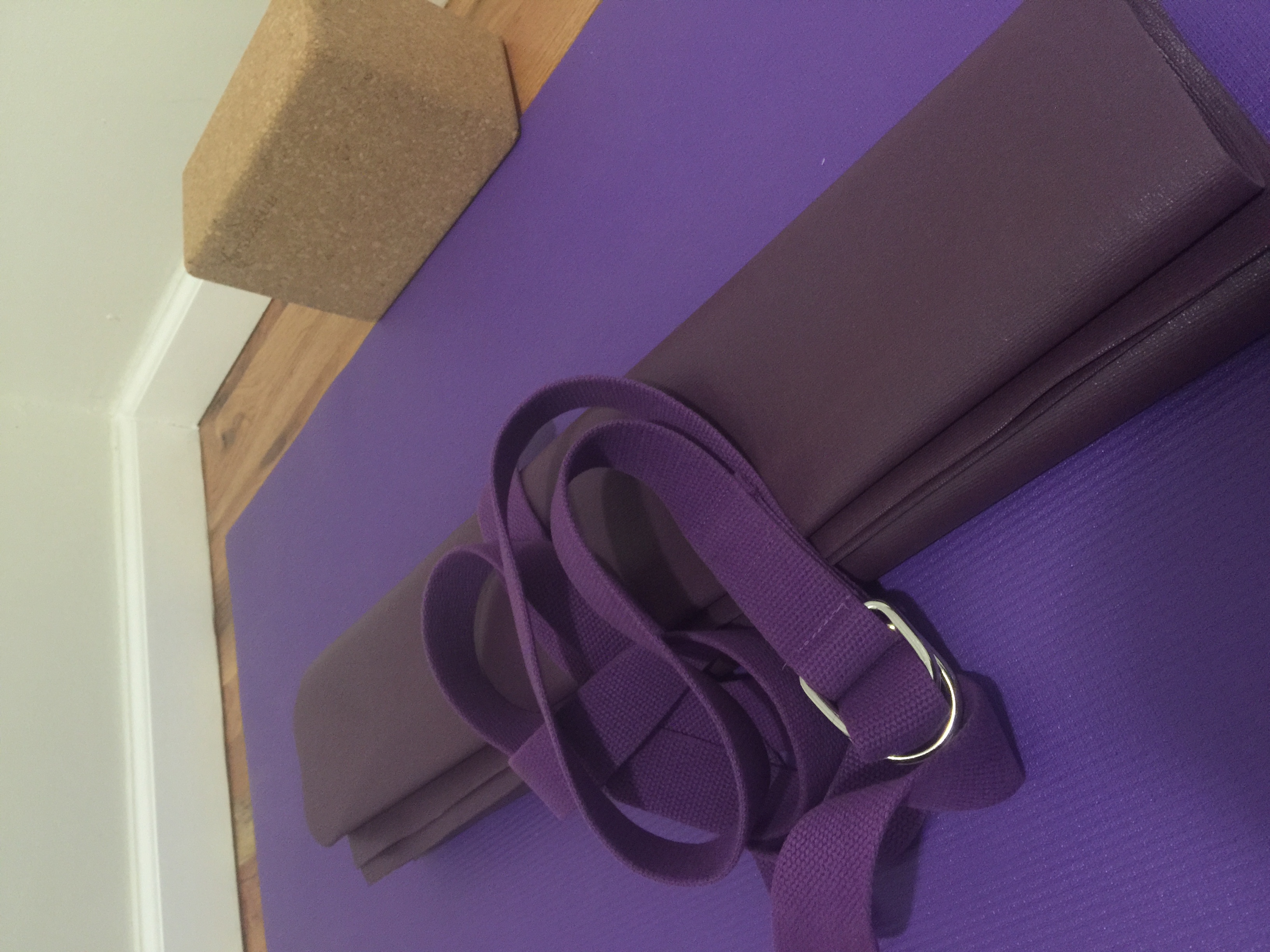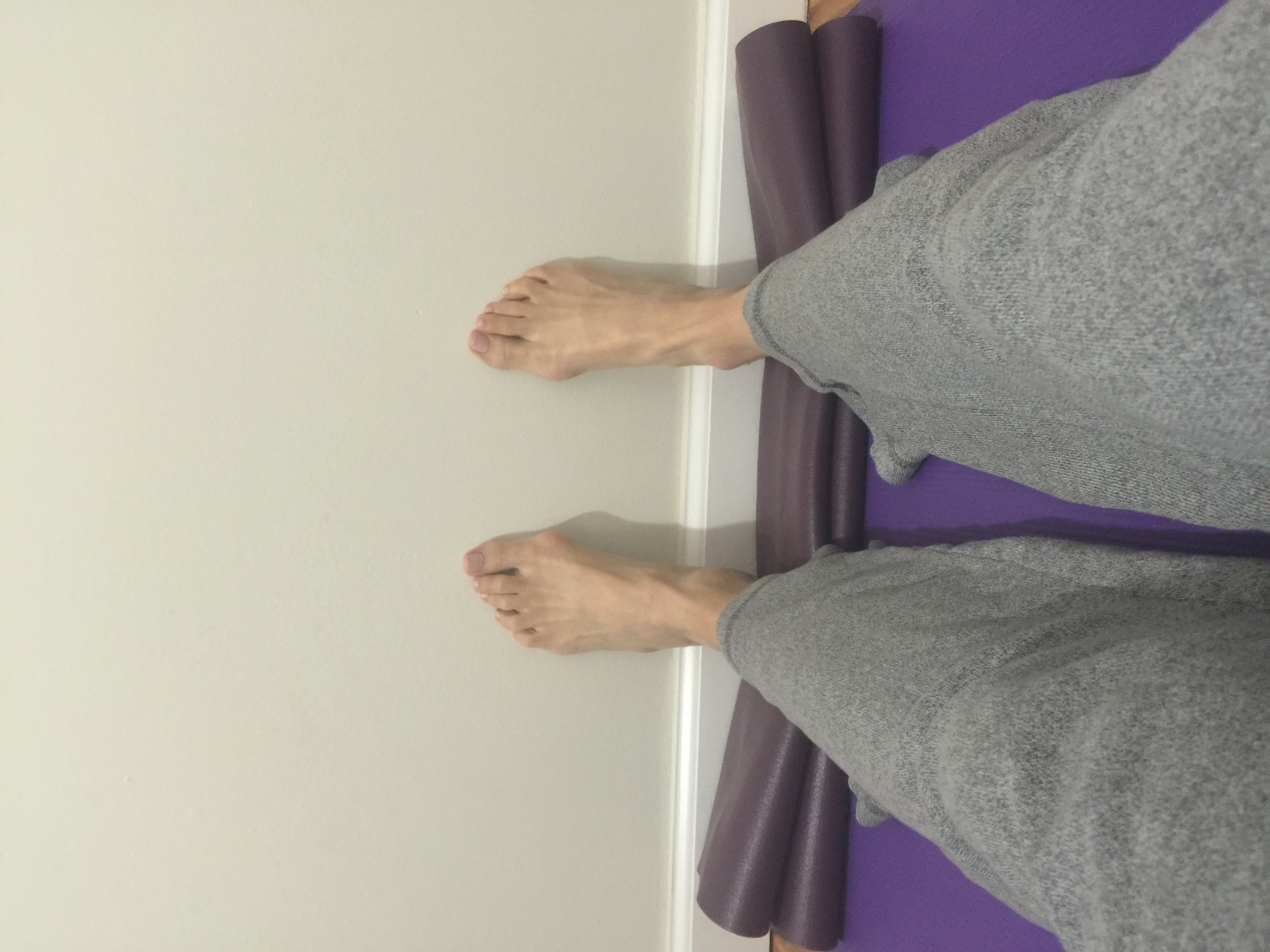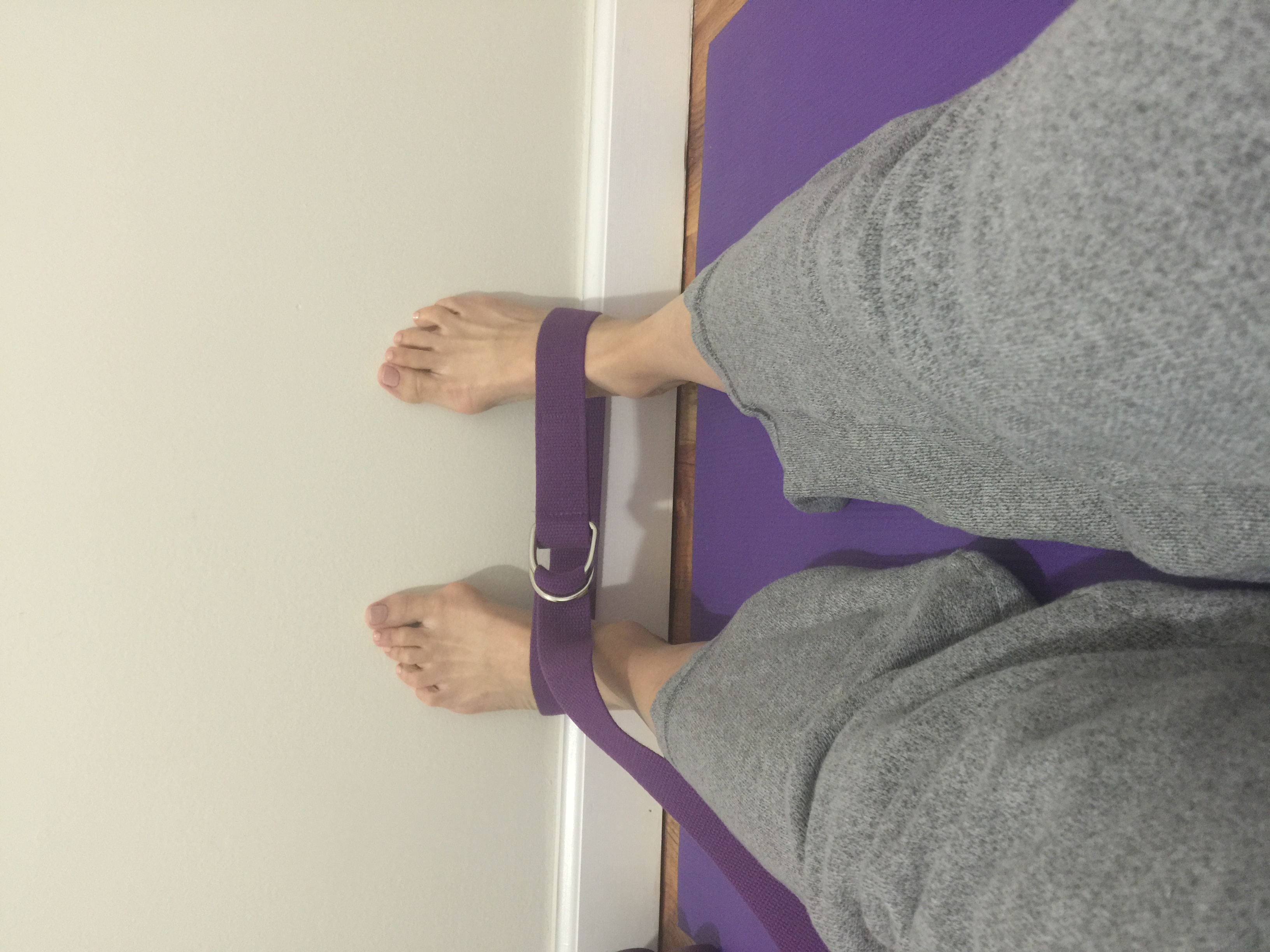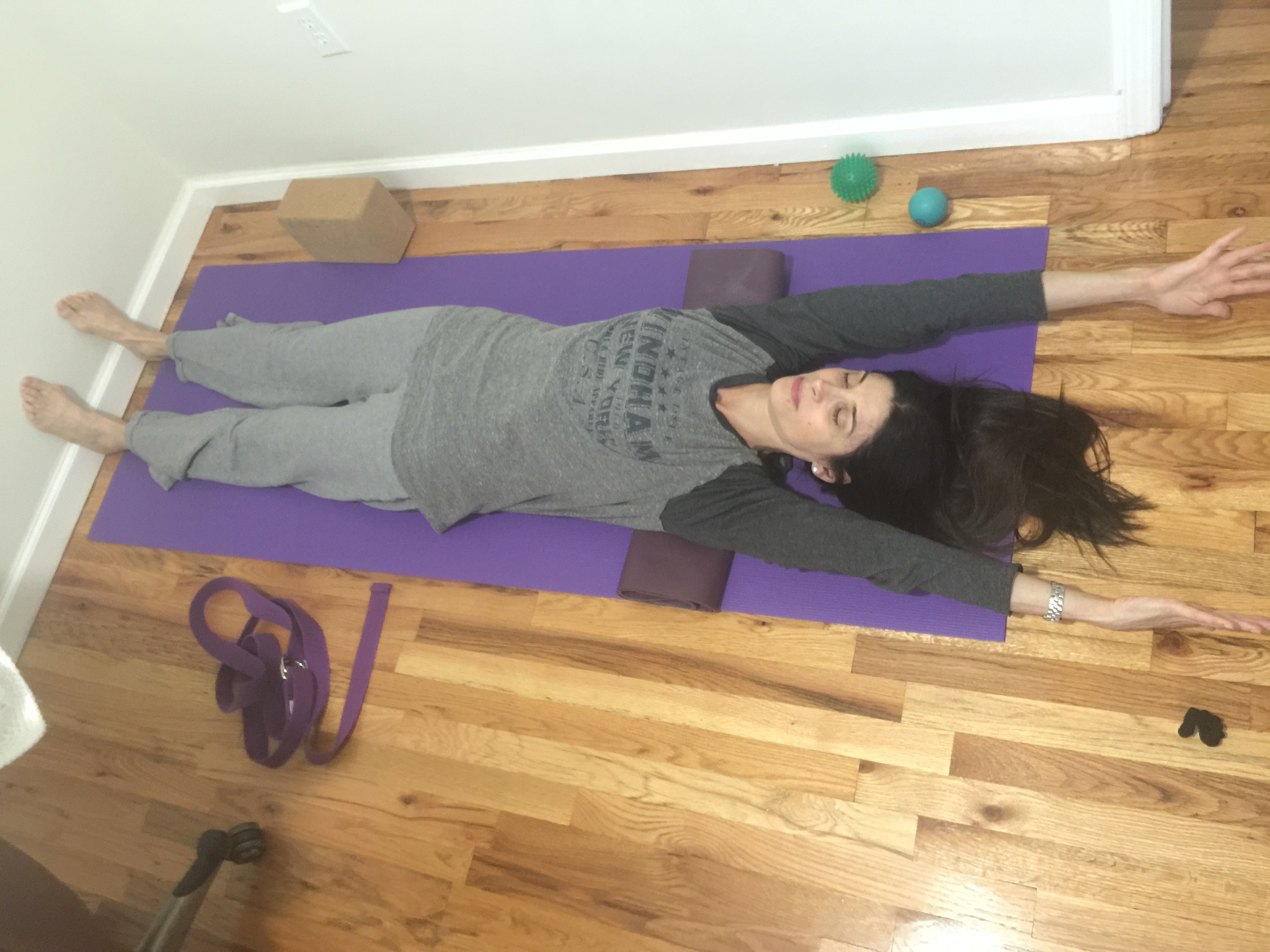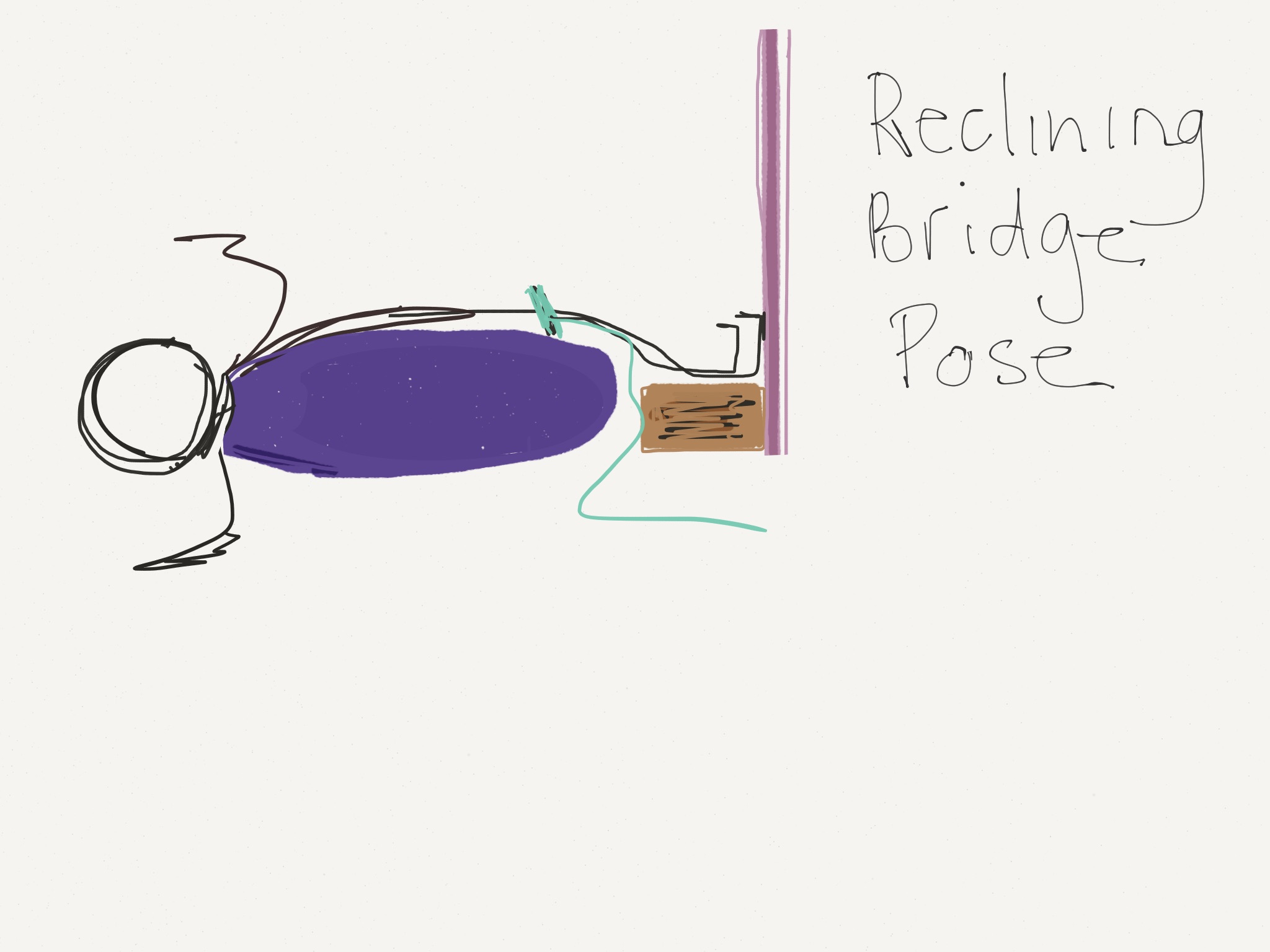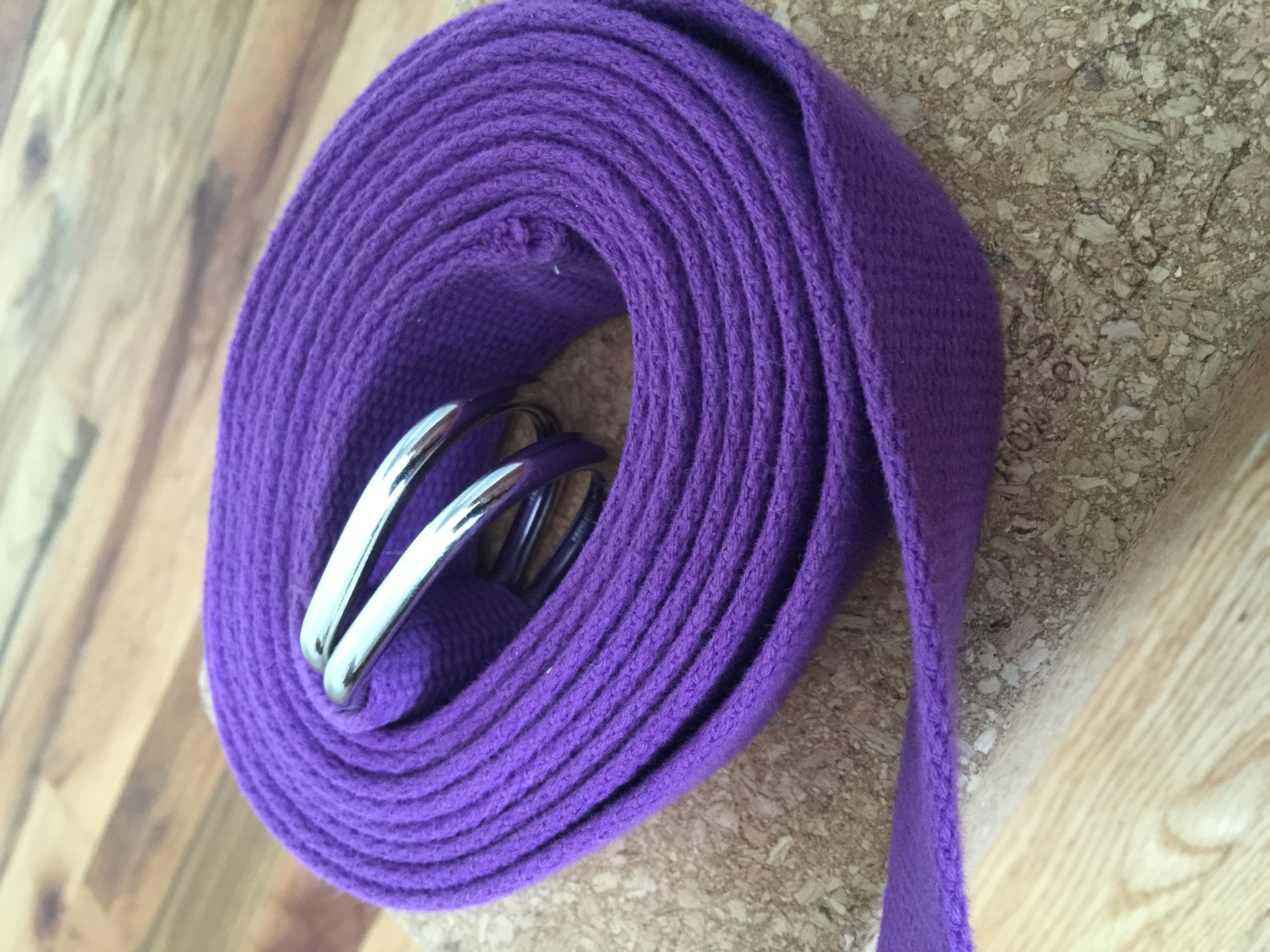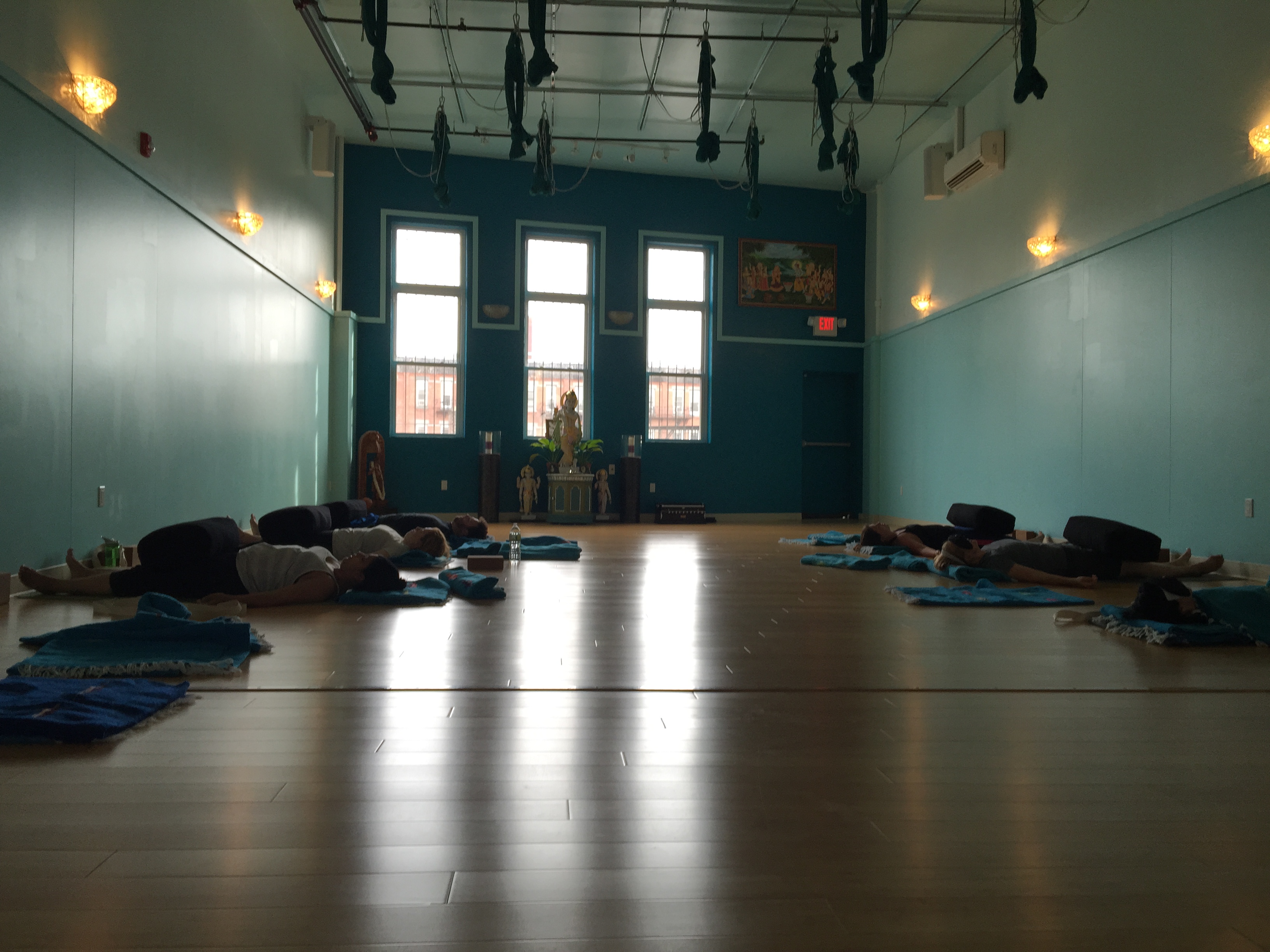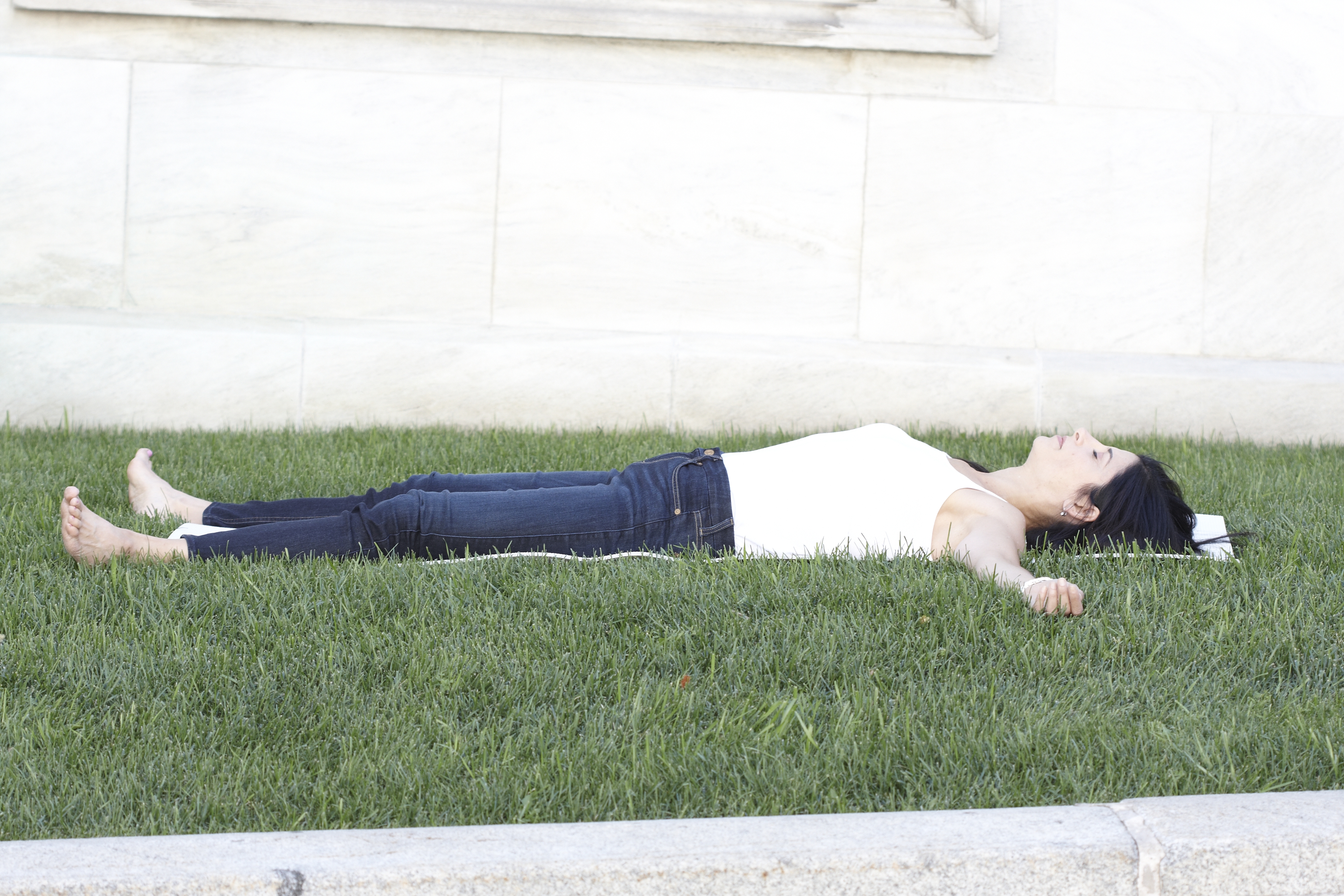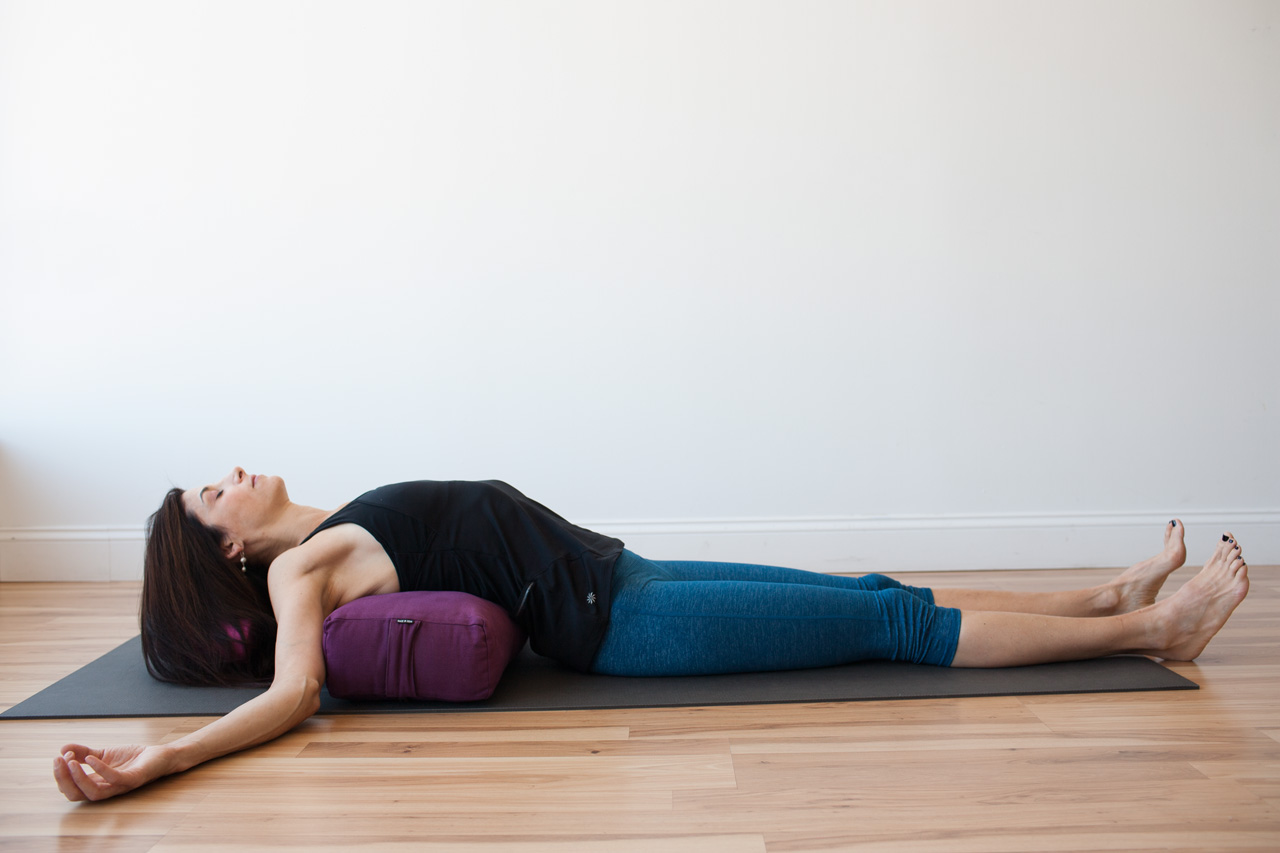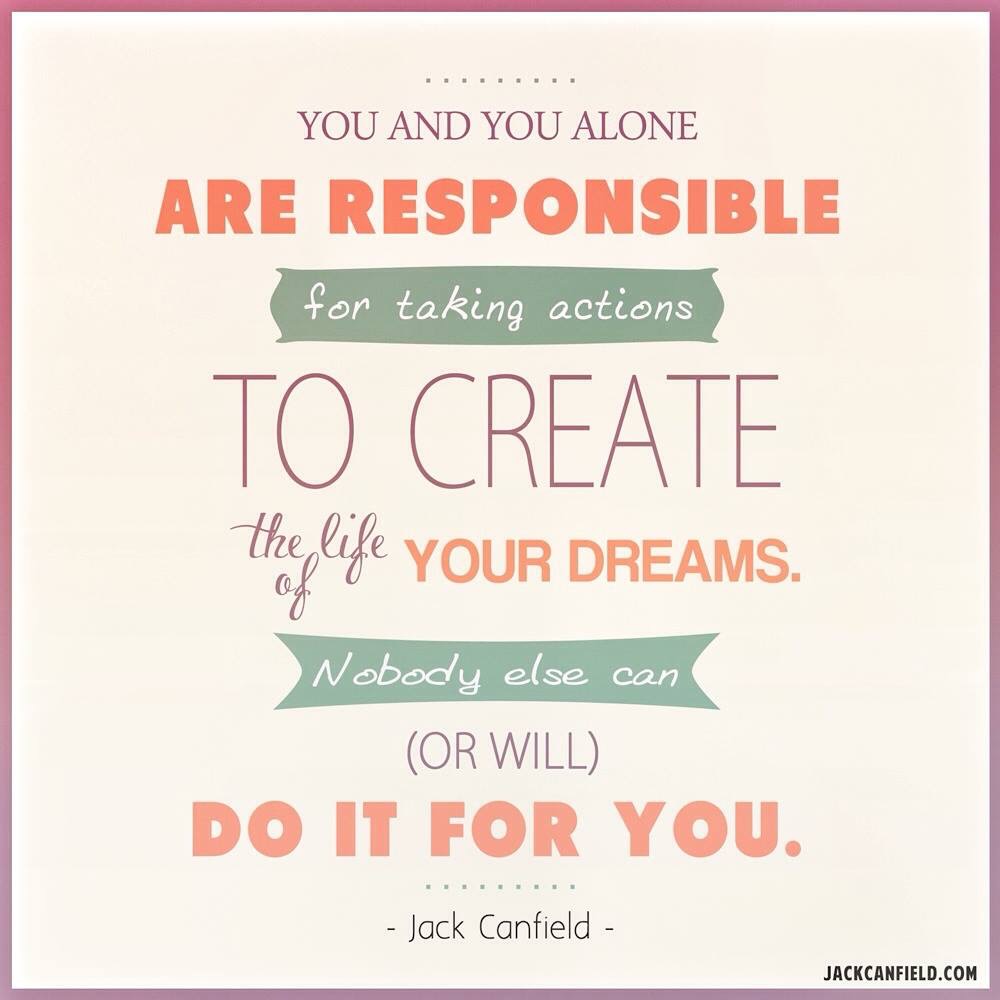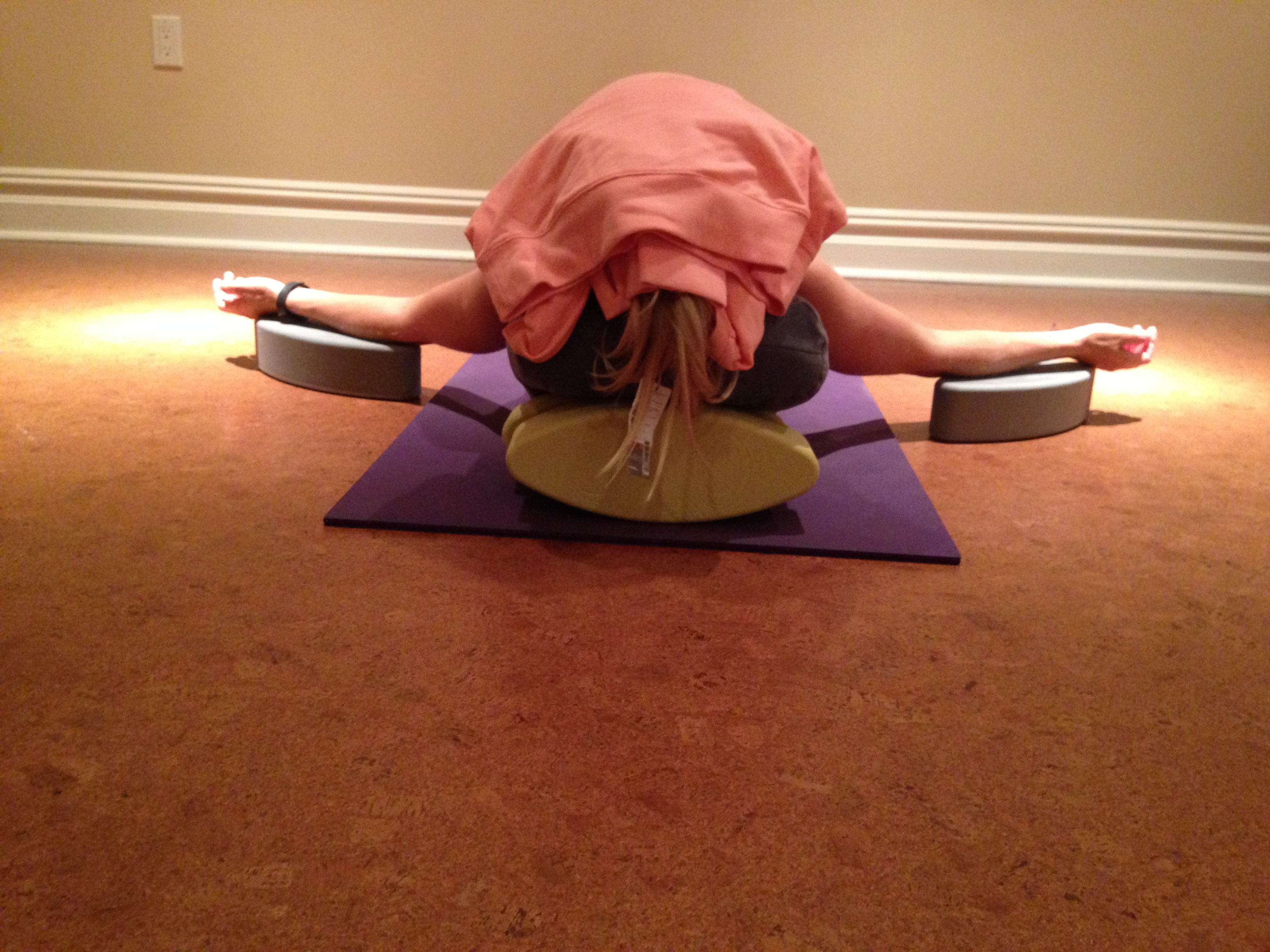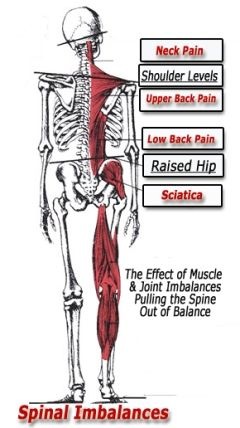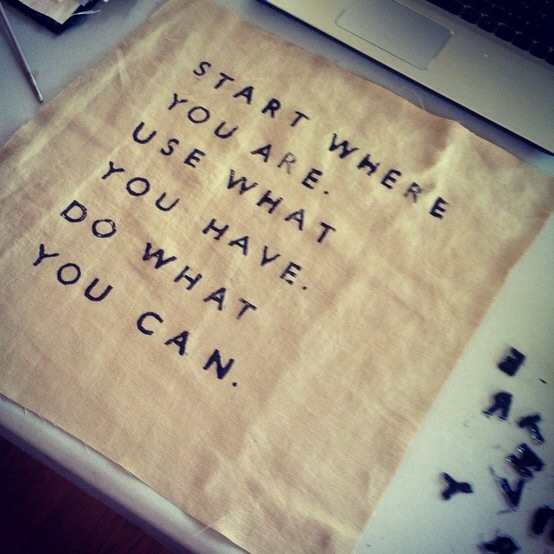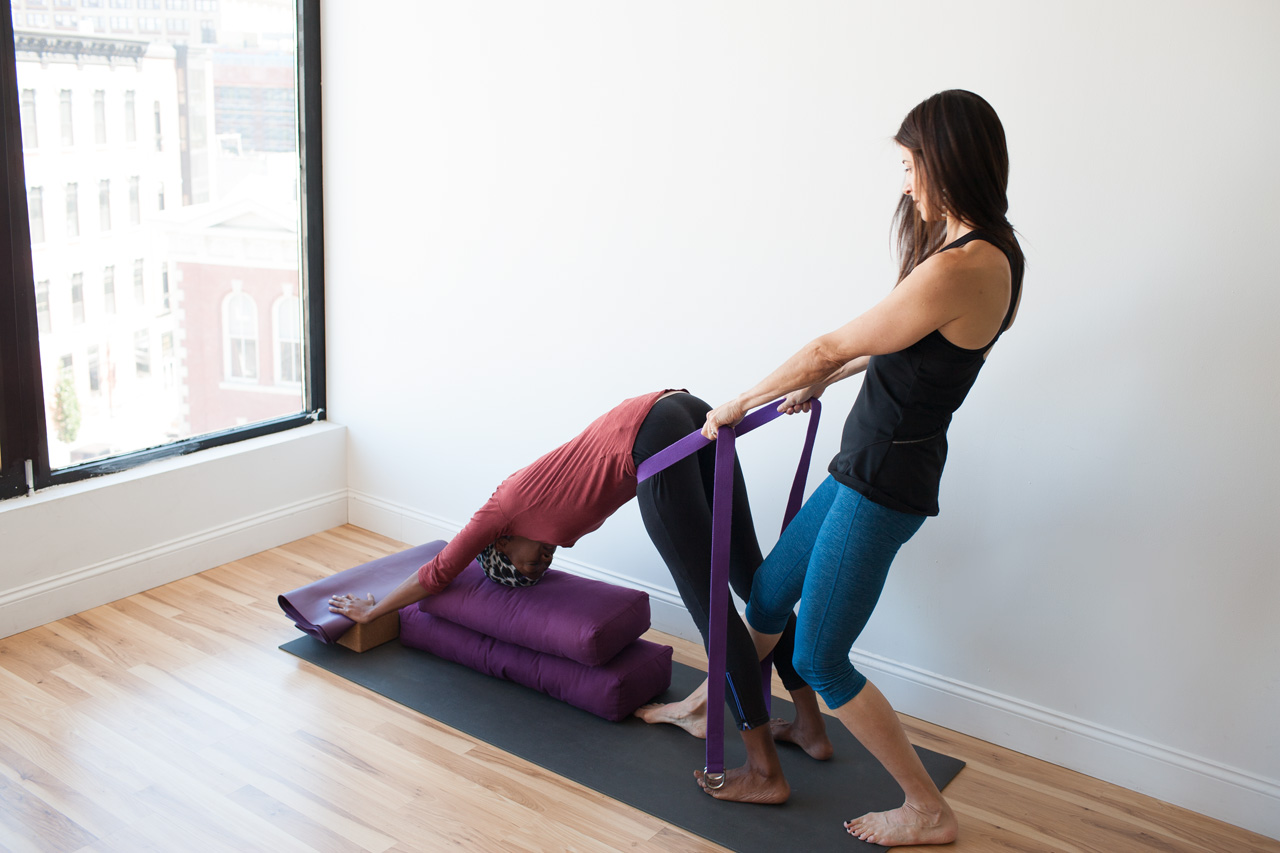YOGA SPACES
A few weeks back I attended a yoga retreat in the Catskills. The practice space was glorious, and faced out into the mountains. Trees were visible through the windows, there was a sense of light and air, and we all had quite a bit of space around our mats. This is, or can be, a completely different experience for us when we are at home, trying to vie for a peaceful corner of a small apartment, or in a yoga class with others where space is at a premium.
CREATING YOUR YOGA CORNER
I literally keep the visual of this beautiful and spacious practice space in my mind’s eye, however, at home, I do not have that luxury. I don’t actually care; super grateful to have what I have, which is a blend of home office and space to roll out a mat. I think there are a few key ingredients to creating a yoga space at home, and however you do it, in whatever scale, this mini guide may set you up for success.
WALL SPACE
The wall is a fantastic yoga prop and has always been my top choice for my home yoga spaces.
Here is my corner. What you can do is not actually hang things in one area so that nothing falls on you when you swing up into Viparita KaraniINVEST IN PROPS
I have more in the closet, including yoga straps, Iyengar chairs and other tools of the trade. Buy good quality.
Even if you have two good blocks and a 10 foot yoga belt, you can improvise with towels and sofa pillows, especially if you want to add restoratives, or pranayamaADD PERSONAL TOUCHES
Adding a few personal and meaningful items to your corner can bring your space to life or make it into a “sacred space”. I like plants, and have a few special things as touchstones of peace. Use whatever you like, whether it is a seashell, a candle, a photo, a flower.
It really does not matter what your practice space looks like. If you are practicing pratyahara, you can pretty much just focus on your body and your breath…enjoy 🙂
